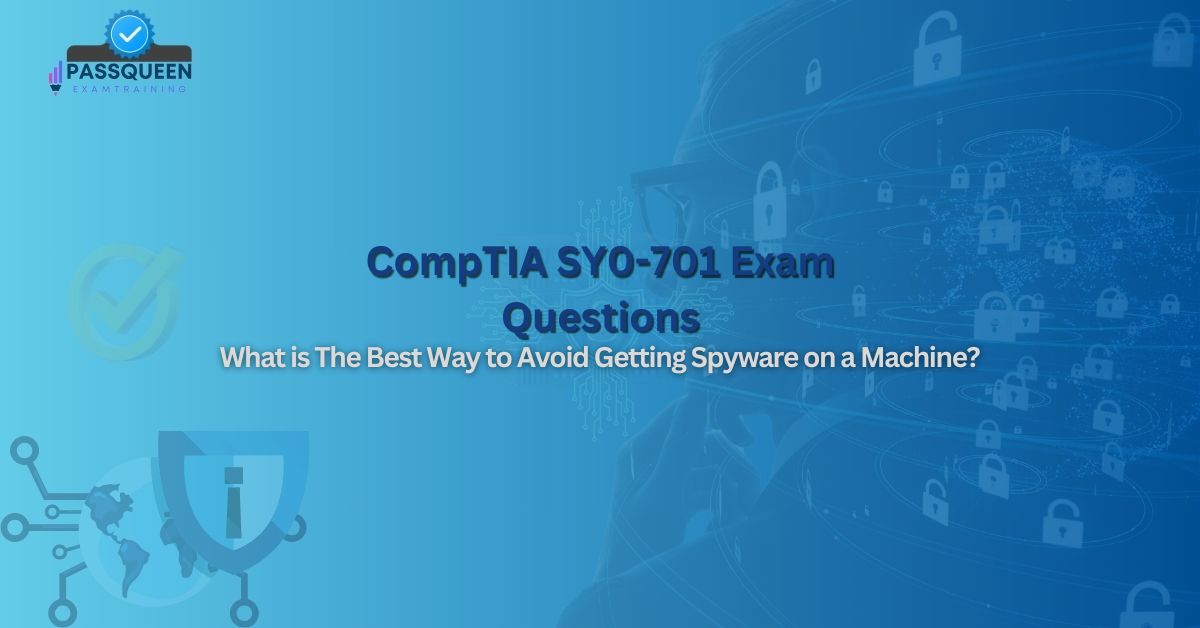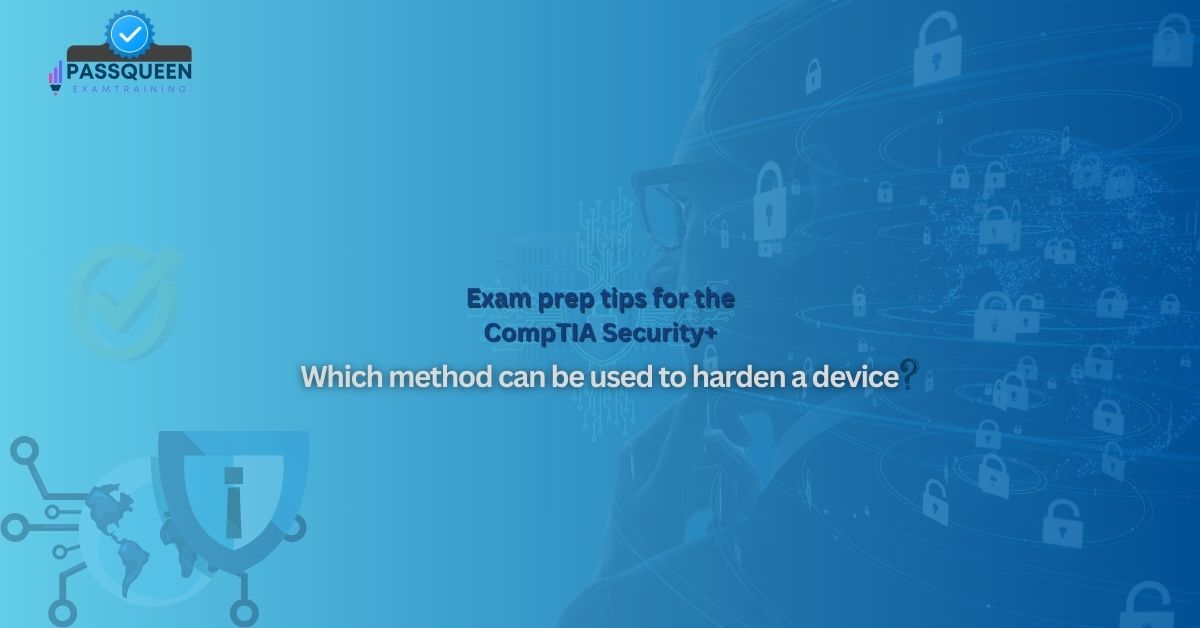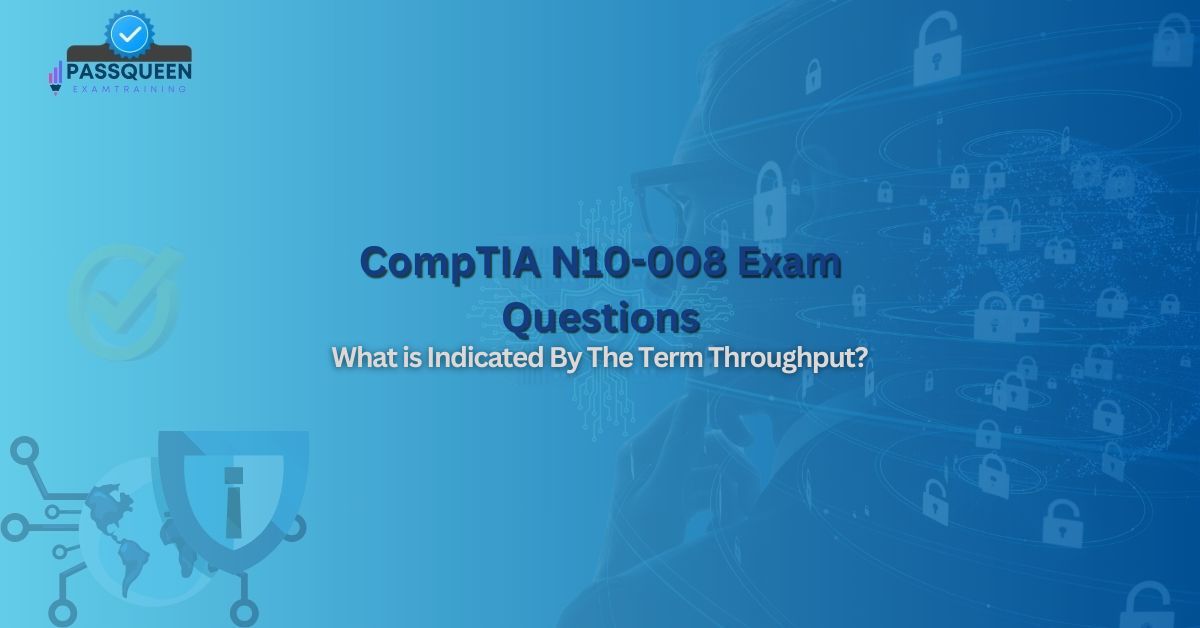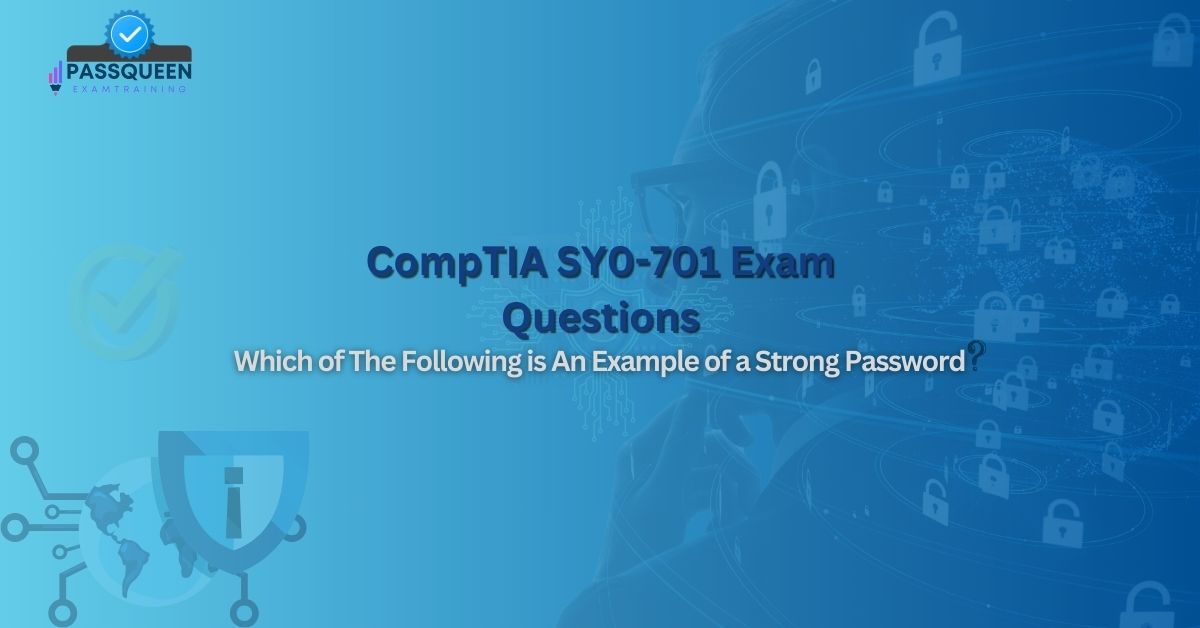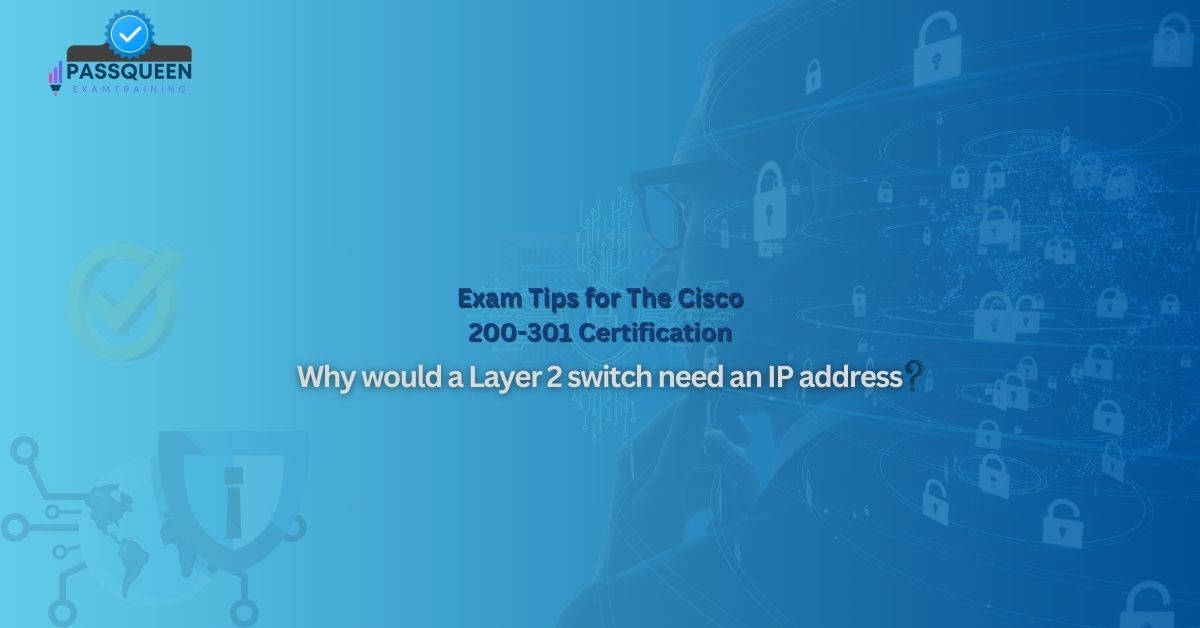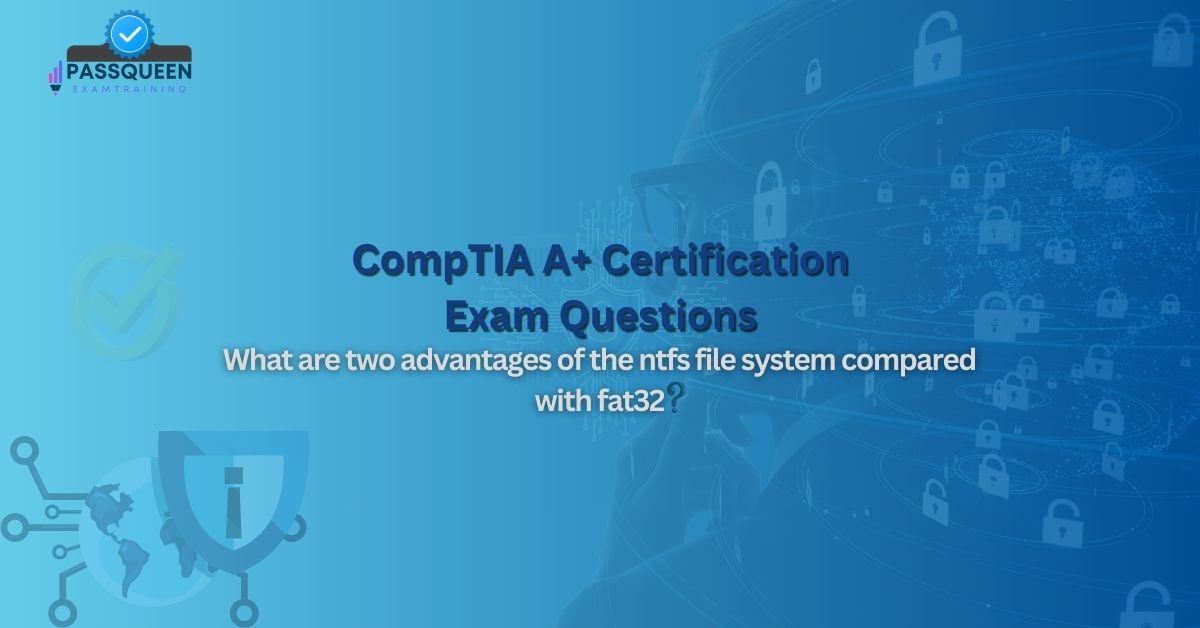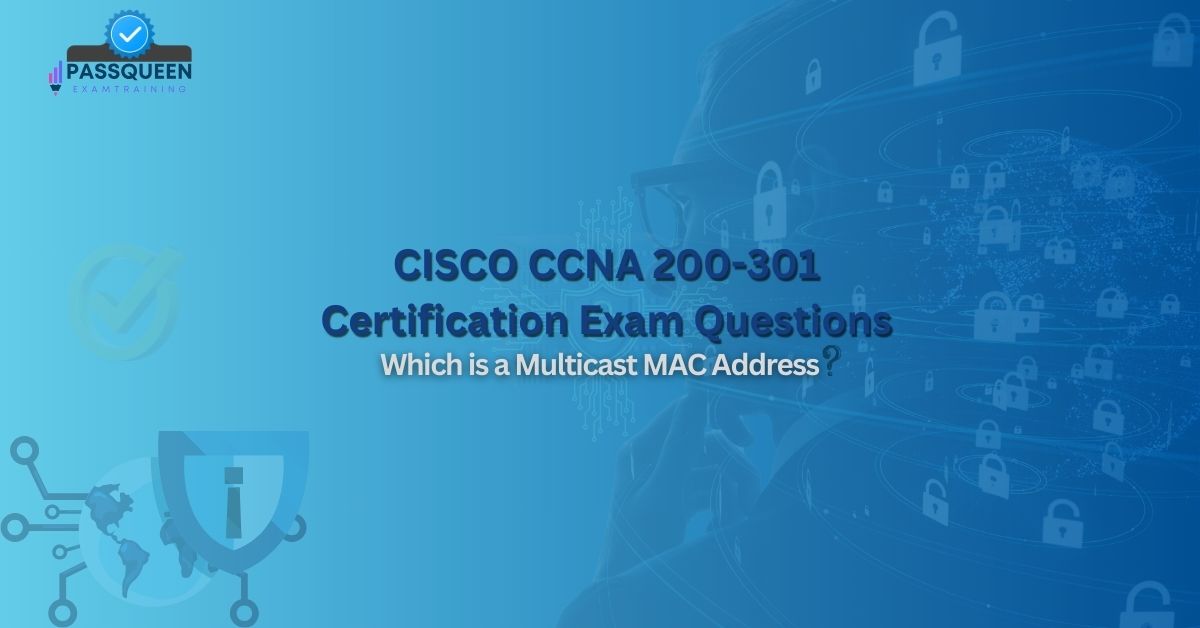Introduction
In the ever-evolving domain of cybersecurity, spyware stands out as a stealthy and pervasive threat, silently infiltrating systems to steal sensitive data. For professionals pursuing the CompTIA Security+ certification through the CompTIA SY0-701 Exam Questions, understanding spyware and its prevention is a critical skill that blends technical knowledge with human-centric strategies. Among the various methods to avoid spyware, user education emerges as the most effective approach, empowering individuals to thwart threats at their source. This article explores spyware threats, avoidance techniques, and the pivotal role of user education, highlighting its relevance to the SY0-701 exam and how PassQueen equips learners to excel.
The SY0-701 exam tests a candidate’s ability to secure systems against threats like spyware, emphasizing proactive and preventive measures. PassQueen, with its expertly crafted study resources, aligns seamlessly with CompTIA’s objectives, providing the clarity, practice, and confidence needed to master this topic and succeed in both the exam and real-world security roles.
Understanding Spyware Threats
Spyware is malicious software designed to covertly monitor and collect user data—passwords, browsing habits, or financial details—without consent. It often masquerades as legitimate software, entering systems via phishing emails, malicious downloads, or compromised websites. Once installed, spyware can log keystrokes, capture screenshots, or transmit data to attackers, posing risks like identity theft or corporate espionage.
Unlike viruses or worms, spyware prioritizes stealth over destruction, making it hard to detect without proper tools or awareness. High-profile cases, like the Pegasus spyware targeting journalists, underscore its potency.
Methods to Avoid Spyware
Preventing spyware requires a multi-faceted approach. Key methods include:
- Antivirus Software: Detects and removes spyware using signature-based or behavioral scans.
- Firewalls: Blocks suspicious network traffic that might deliver spyware.
- Safe Browsing Practices: Avoids risky sites or downloads that harbor malware.
- Software Updates: Patches vulnerabilities spyware exploits.
- User Education: Trains individuals to recognize and avoid spyware entry points.
While all contribute, user education stands out by addressing the human factor—often the weakest link in security.
Why User Education is the Best Approach
User education is the best approach to avoid spyware because it empowers individuals to prevent infection proactively, tackling the root cause: human error. Spyware often relies on social engineering—tricking users into clicking malicious links or installing fake software. Educated users can spot these traps, reducing reliance on reactive tools like antivirus, which may lag behind new threats.
Its advantages include:
- Prevention First: Stops spyware before it enters, unlike tools that clean up after.
- Adaptability: Equips users to counter evolving tactics, beyond static software defenses.
- Cost-Effective: Reduces breach costs by minimizing incidents.
- Holistic Impact: Enhances overall security awareness, a SY0-701 focus.
For example, a trained employee might reject a phishing email posing as a software update, preventing spyware like a keylogger from taking hold.
Application to SY0-701 Exam Training
The SY0-701 exam integrates spyware prevention into its domains—threats, attacks, and mitigation. Questions might ask, “What is the best way to avoid spyware?” with user education as the top answer. Performance-based tasks could involve designing a training program or analyzing a spyware incident caused by user oversight.
User education connects to SY0-701 topics like social engineering and risk management. Candidates might need to justify its priority over technical fixes in a given scenario.
Practical Steps for User Education
Implementing user education involves actionable steps, relevant to SY0-701 and real-world security:
- Phishing Awareness: Teach users to identify suspicious emails (e.g., odd senders, urgent requests).
- Safe Download Habits: Instruct on verifying software sources and avoiding freeware traps.
- Password Hygiene: Promote strong, unique passwords to limit spyware damage.
- Regular Training: Conduct workshops or simulations (e.g., mock phishing tests).
- Policy Reinforcement: Embed lessons in security policies with clear dos and don’ts.
- Feedback Loops: Encourage reporting of suspicious activity for continuous improvement.
For instance, a company might run quarterly phishing drills, reducing spyware incidents by 70%.
SY0-701: CompTIA Security+ Exam Scenario Example
Consider this SY0-701 scenario: An employee downloads a “free” tool from an unverified site, installing spyware that logs customer data. The exam asks: “What could have prevented this?”
Answer: User education. Training the employee to verify downloads and avoid unofficial sources would have stopped the spyware’s entry. Technical fixes like antivirus might catch it later, but education prevents it outright.
Summary of Best Method
Among avoidance methods, user education is the best way to combat spyware. Antivirus and firewalls address infections or traffic, but they’re reactive—spyware often slips through before detection. Education empowers users to block entry points like phishing or unsafe downloads, offering a proactive, human-centric defense. Studies show educated workforces reduce malware incidents by up to 50%.
Bottom Line!
Spyware thrives on exploiting human vulnerabilities, making user education the most effective avoidance strategy. For the SY0-701 exam, this knowledge is a testable cornerstone, reflecting real-world security priorities. PassQueen transforms this challenge into a strength, equipping candidates to prevent spyware and earn their Security+ certification.
With its high-quality, exam-aligned resources, PassQueen ensures SY0-701 learners excel in user education and beyond. As you prepare, let PassQueen guide you to success—your certification and cybersecurity expertise await.
Sample Questions for SY0-701: CompTIA Security+ Exam Prep
What is the best way to avoid getting spyware on a machine?
A. Installing a firewall to block all incoming traffic
B. Educating users to recognize and avoid spyware threats
C. Running antivirus software to detect and remove spyware
D. Applying software patches to close vulnerabilities
Correct Answer: B
Explanation: Educating users to recognize and avoid spyware threats is the best way to prevent infection, as it proactively stops spyware at its entry points (e.g., phishing, unsafe downloads). Firewalls and antivirus are reactive, addressing symptoms rather than causes, while patches, though vital, don’t cover human error—the primary vector for spyware.

